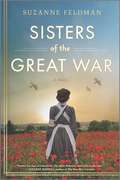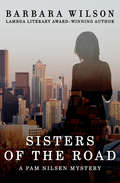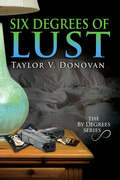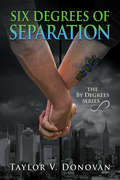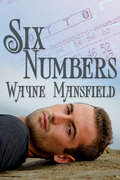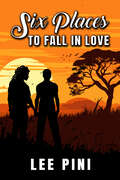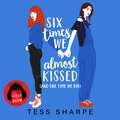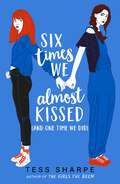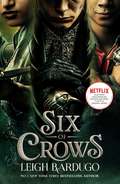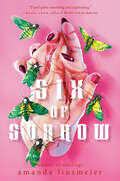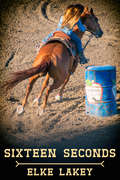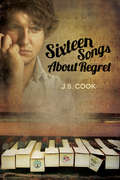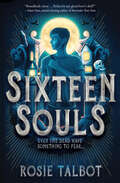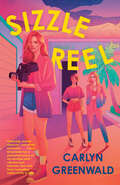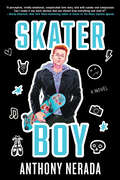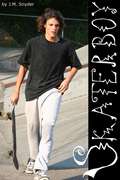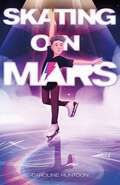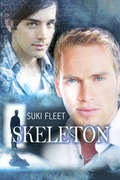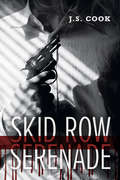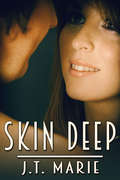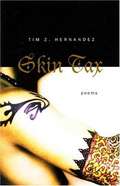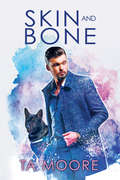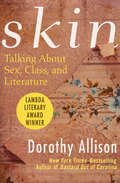| Title | Author | ISBN | Copyright | Features | Action |
|---|---|---|---|---|---|
| Sisters of the Great War: A Novel 4294333 | Suzanne Feldman | 9780369703385 | 2021 | ||
| Sisters of the Road (The Pam Nilsen Mysteries #2) 6344434 | Barbara Wilson | 9781480455153 | 1986 | Contains images | |
| Six Degrees of Lust (By Degrees #1) 2219789 | Taylor V. Donovan | 9781635335170 | 2017 | Contains images | |
| Six Degrees of Separation (By Degrees #2) 2471898 | Taylor V. Donovan | 9781632166593 | 2015 | Contains images | |
| Six Numbers 3678780 | Wayne Mansfield | 9781611525328 | 2014 | ||
| Six Of One 1201154 | Rita Mae Brown | 9780553380378 | 1978 | ||
| Six Pack Box Set 1971798 | Sarah Hadley Brook | 9781634865579 | 2017 | ||
| Six Places to Fall in Love 6427894 | Lee Pini | 9781641087650 | 2025 | Contains images | |
| Six Times We Almost Kissed (And One Time We Did) 5164663 | Tess Sharpe | 9781444967890 | 2023 | Human Narrated Audio | |
| Six Times We Almost Kissed (And One Time We Did) 5164670 | Tess Sharpe | 9781444967883 | 2023 | Contains images | |
| Six of Crows: Book 1 (Six of Crows #1) 4138742 | Leigh Bardugo | 9781780622293 | 2015 | Contains images | |
| Six of Sorrow 6073863 | Amanda Linsmeier | 9780593707784 | 2024 | Contains images | |
| Sixteen Seconds 3637207 | Elke Lakey | 9781646566099 | 2020 | ||
| Sixteen Songs About Regret 2497804 | J. S. Cook | 9781623804930 | 2013 | Contains images | |
| Sixteen Souls 5438164 | Rosie Talbot | 9781339018225 | 2022 | Contains images | |
| Sizzle Reel: A Novel 5803809 | Carlyn Greenwald | 9780593468180 | 2023 | Contains images | |
| Skater Boy 5880183 | Anthony Nerada | 9781641295352 | 2024 | Contains images | |
| Skaterboy 3679343 | J. M. Snyder | 9781935753254 | 2010 | ||
| Skating on Mars 6200617 | Caroline Huntoon | 9781250851888 | 2023 | Contains images | |
| Skeleton 1290206 | Suki Fleet | 9781632162854 | 2014 | Contains images | |
| Skid Row Serenade 2211420 | J. S. Cook | 9781634760997 | 2015 | Contains images | |
| Skin Deep 2195727 | J. T. Marie | 9781634862271 | 2016 | ||
| Skin Tax 159589 | Tim Z. Hernández | 9781890771935 | 2004 | ||
| Skin and Bone (Digging Up Bones #2) 4010217 | TA Moore | 9781640809406 | 2019 | Contains images | |
| Skin: Talking About Sex, Class, and Literature 6312298 | Dorothy Allison | 9781480426603 | 1994 | Contains images |
